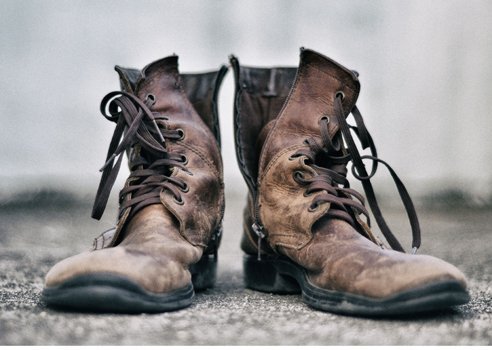Reading time: Less than 1 minute
Increase your vocabulary and you’ll make your writing much more precise. That’s why I provide a word of the week. Today’s word: synecdoche…
When I read Rumaan Alam’s latest novel Leave the World Behind, the word synecdoche, rang a dim bell in my mind, although I couldn’t remember what it meant…
Here is how Alam used the term:
“Everything’s okay back at the office?” Clay could never resist pronouncing “the office” with a twist of something. It was synecdoche for her profession, which he largely —but not entirely— understood.
The word is a literary term (hence the dim bell), meaning a figure of speech in which a part is made to represent the whole or vice versa. Here are some examples:
- Boots on the ground—refers to soldiers.
- The wrong hands — refers to opposing groups, usually in the context of military power.
- New wheels—refers to a new car.
- Plastic—can refer to credit cards.
- The White House—can refer to statements made by individuals within the United States government.
Synecdoche is often used as a type of personification by attaching a human aspect to a nonhuman thing.
The word comes from Medieval Latin synodoche, an alteration of Late Latin synecdoche, which in turn comes from the Greek synekdokhe, meaning “the putting of a whole for a part; an understanding one with another,” literally “a receiving together or jointly.”
The pronunciation of synecdoche is probably not what you expect. Click on the sound icon, here, to listen to it.


